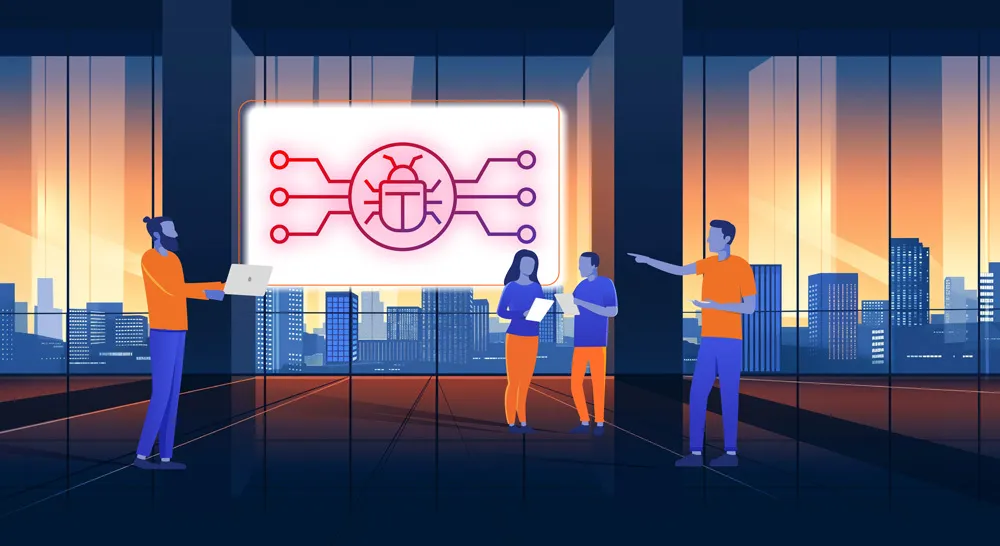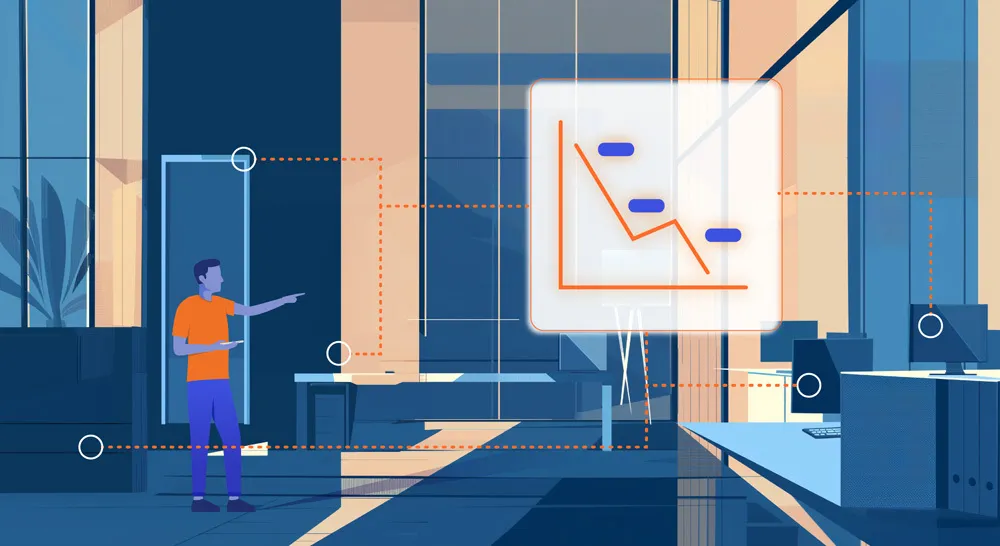
The Rising Threat of Deepfakes in Cybersecurity
In the ever-evolving landscape of cybersecurity threats, deepfakes have emerged as a significant concern for individuals, businesses, and governments alike. As technology continues to advance, the sophistication and prevalence of deepfakes are growing, posing new challenges for cybersecurity professionals worldwide. In this blog, we will explore what deepfakes are, how they are created, and their potential impact on cybersecurity.
What Are Deepfakes?
Deepfakes are synthetic media in which a person in an existing image or video is replaced with someone else’s likeness. This technology leverages artificial intelligence (AI) and machine learning algorithms to create highly realistic but entirely fabricated images, videos, or audio recordings. The term “deepfake” is derived from “deep learning,” a subset of AI, and “fake.”
How Are Deepfakes Created?
Creating a deepfake involves using a type of AI called a Generative Adversarial Network (GAN). GANs consist of two neural networks: the generator and the discriminator. The generator creates fake content, while the discriminator evaluates its authenticity. Through continuous feedback and iteration, the generator improves its ability to produce realistic deepfakes. Here’s a simplified process:
- Data Collection: Amass a significant amount of media (images, videos, audio) of the target individual.
- Training: Use the collected data to train the GAN, enabling it to understand and replicate the target’s facial expressions, voice, and mannerisms.
- Generation: The trained GAN creates the deepfake content, seamlessly integrating the target’s likeness into the chosen media.
The Impact of Deepfakes on Cybersecurity
Deepfakes pose several cybersecurity risks, including:
- Social Engineering Attacks:
- Impersonation: Cybercriminals can use deepfakes to impersonate executives, employees, or other trusted figures to deceive victims into divulging sensitive information or transferring funds.
- Phishing: Deepfake videos or audio messages can be employed in phishing schemes, making fraudulent communications appear authentic.
- Disinformation Campaigns:
- Deepfakes can be used to spread false information, influencing public opinion, destabilizing organizations, or disrupting political processes. This can lead to a loss of trust in media and information sources.
- Reputation Damage:
- Malicious actors can create deepfake content to damage the reputation of individuals or organizations. For example, a fabricated video of a CEO making controversial statements can lead to significant reputational harm and financial loss.
- Blackmail and Extortion:
- Cybercriminals can produce compromising deepfake content and use it to blackmail or extort individuals or organizations, demanding money or other concessions in exchange for not releasing the fake material.
Case Study: How CYPFER Neutralized a Deepfake Threat
Background: A multinational corporation contacted CYPFER after a deepfake video of their CEO began circulating online. The video depicted the CEO making inflammatory remarks, which threatened to damage the company’s reputation and stock value.
Challenges:
- Identify and confirm the video as a deepfake.
- Mitigate the spread of the video.
- Restore stakeholder trust and protect the company’s reputation.
Actions Taken:
- Deepfake Detection: Using advanced AI detection tools, CYPFER quickly analyzed the video and confirmed it was a deepfake. Inconsistencies in facial movements and audio were identified, proving the video was fabricated.
- Containment and Removal: CYPFER worked with social media platforms and websites to have the video removed. They also issued takedown requests to prevent further dissemination.
- Public Relations Strategy: CYPFER collaborated with the company’s PR team to develop a communication strategy. This included a public statement from the CEO, supported by technical proof from CYPFER’s analysis, to assure stakeholders of the video’s inauthenticity.
- Legal Action: The legal team, advised by CYPFER, pursued action against the perpetrators, helping to trace the source of the deepfake and hold them accountable.
Outcome:
- The deepfake video was successfully removed from major platforms.
- The company’s proactive response, supported by CYPFER’s expertise, restored trust among stakeholders.
- Legal actions led to the identification and prosecution of the individuals responsible for the deepfake.
Combating the Threat of Deepfakes
Addressing the threat of deepfakes requires a multi-faceted approach:
- Awareness and Education:
- Organizations should educate employees about the risks associated with deepfakes and train them to recognize potential deepfake content. Awareness can help prevent falling victim to social engineering attacks.
- Technological Solutions:
- Advanced detection tools that leverage AI and machine learning can identify deepfakes by analyzing inconsistencies or anomalies in the media. Organizations should invest in these tools to bolster their defenses.
- Policy and Regulation:
- Governments and regulatory bodies should develop policies and regulations to address the misuse of deepfake technology. This includes establishing legal consequences for creating and distributing malicious deepfakes.
- Verification Protocols:
- Implementing strict verification protocols for communication can help authenticate the identity of individuals. Multi-factor authentication and biometric verification are examples of methods that can enhance security.
Conclusion
Deepfakes represent a growing threat in the realm of cybersecurity, with the potential to facilitate a range of malicious activities. As the technology behind deepfakes continues to advance, it is crucial for individuals and organizations to stay informed and proactive in their defense strategies. By combining awareness, technological innovation, regulatory measures, and robust verification processes, we can mitigate the risks posed by deepfakes and protect against their harmful impact.
Cyber Certainty™ with CYPFER
At CYPFER, we are committed to staying ahead of emerging threats like deepfakes. With over 6000 successful cases globally and ongoing threat research, our expert team offers comprehensive cybersecurity solutions designed to safeguard your organization from the latest digital threats. Our services include:
- Deepfake Detection and Analysis: Utilizing cutting-edge AI tools to identify and analyze deepfake content.
- Incident Response and Containment: Immediate action to mitigate the impact of deepfake attacks.
- Digital Forensics and Investigation: Thorough investigation to trace the source of the attack and gather evidence.
- Cyber Awareness Training: Educating your team on identifying and responding to deepfake threats.
Contact us today to learn how we can help you achieve Cyber Certainty™.
Your Complete Cyber Security Partner:
Every Step, Every Threat.
At CYPFER, we don’t just protect your business—we become part of it.
As an extension of your team, our sole focus is on cyber security, ensuring your peace of mind. From incident response and ransomware recovery to digital forensics and cyber risk, we integrate seamlessly with your operations. We’re with you 24×7, ready to tackle threats head-on and prevent future ones.
Choose CYPFER, and experience unmatched dedication and expertise. Trust us to keep your business secure and resilient at every turn.

Get Cyber Certainty™ Today
We’re here to keep the heartbeat of your business running, safe from the threat of cyber attacks. Wherever and whatever your circumstances.
Contact CYPFER





